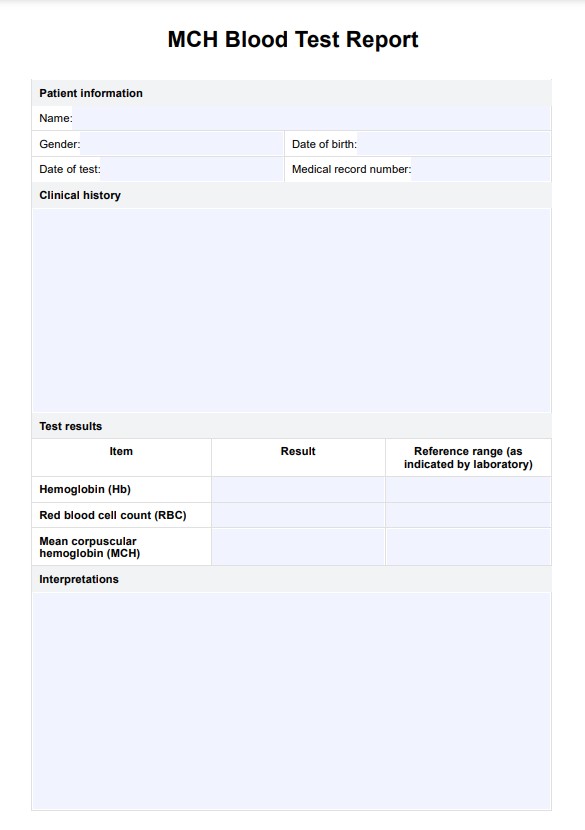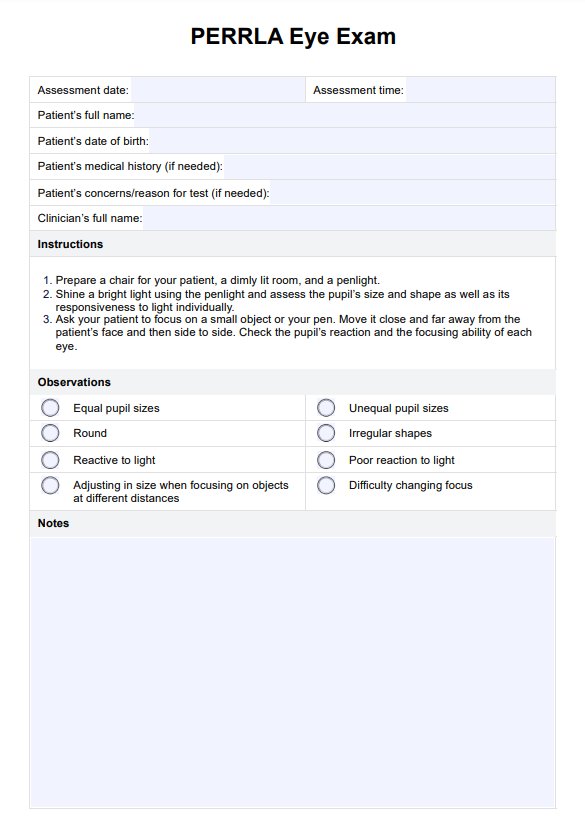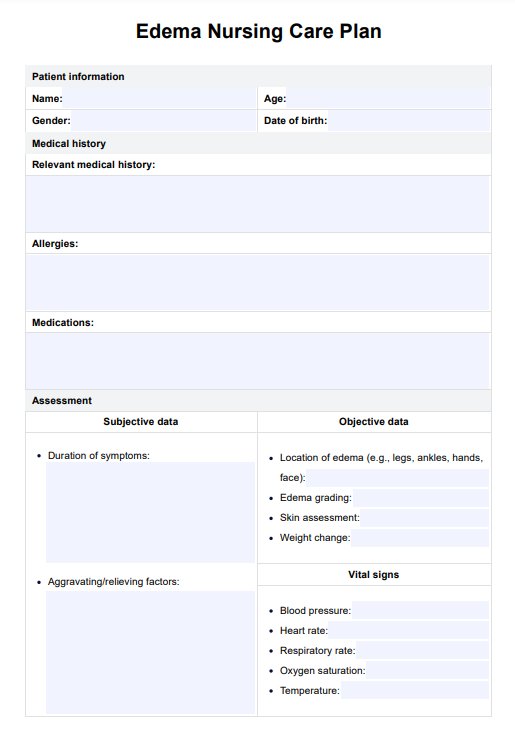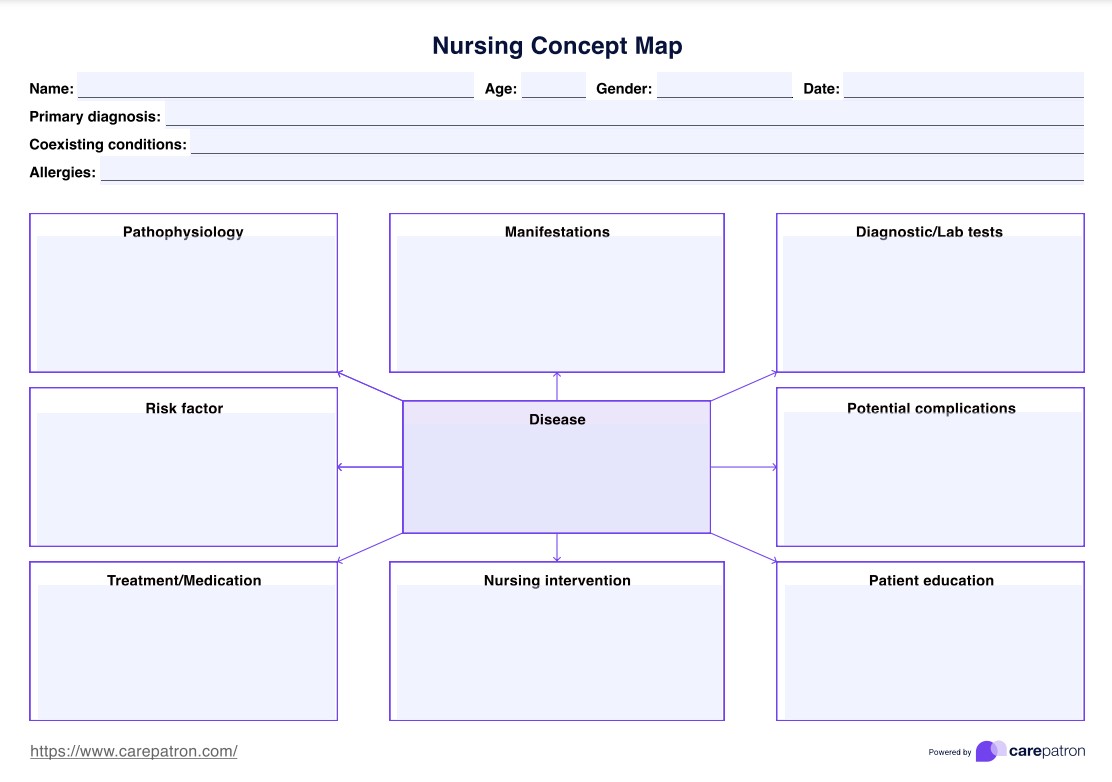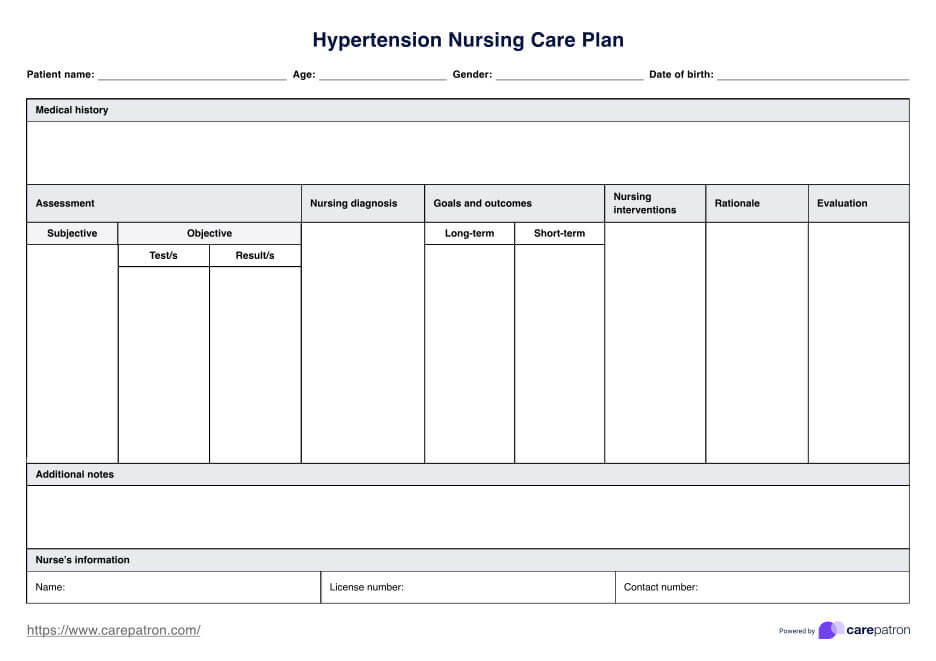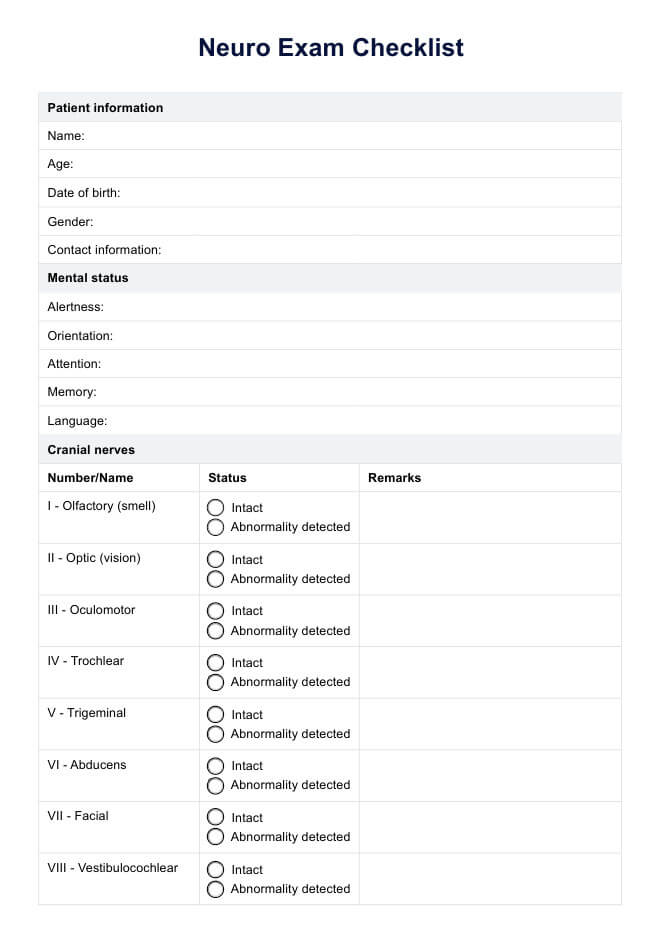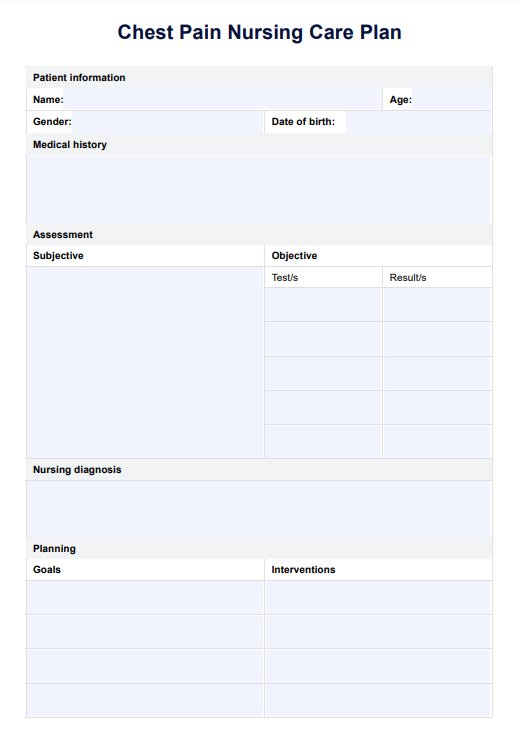MCH Blood Test Reports
Access a free MCH Blood Test Report template and an example. Learn about the importance of this test and how to interpret results.


What is an MCH blood test?
A mean corpuscular hemoglobin (MCH) blood test is a laboratory procedure that measures the average amount of hemoglobin in each red blood cell. Hemoglobin is a protein responsible for carrying oxygen in the blood. It gives the blood its red color and is essential for properly functioning the body's cells. This test is typically included in a complete blood count (CBC), which is a comprehensive test that checks on white blood cells, platelets, and more.
The MCH blood test provides valuable information about the amount and quality of hemoglobin in a person's blood. It can help diagnose various types of anemia, nutritional deficiencies, bleeding disorders, and other health conditions. It is a simple and standard test that can be performed in a doctor's office or laboratory.
The MCH blood test involves a simple blood draw, usually from a vein in the arm. Once the blood sample is collected and sent to a laboratory for analysis. The result is typically calculated by using dividing the hemoglobin concentration (Hb) by the red blood cell count (RBC). This calculation is used to determine the average amount of hemoglobin in each individual red blood cell
MCH Blood Test Reports Template
MCH Blood Test Reports Example
How does it work?
Our free MCH Blood Test Report template lets you record your patient's MCH blood test results in minutes. Here's how to use the template:
Step 1: Access the template
Obtain a copy of the MCH Blood Test Report template by clicking "Use Template" or the "Download" button. You can also access it from the Carepatron's resource library.
Step 2: Enter patient information
Record the patient's personal information, including their name, date of birth, and gender. This will help you and other healthcare providers track the results over time.
Step 3: Record blood test results
Record the MCH blood test results using the dedicated section in the template. You can also use the template to document the reference ranges your testing laboratory dictates.
Step 4: Interpret the results
Next, compare the patient's MCH blood test results to normal ranges. This will help you determine if the patient has a normal, high, or low MCH level. You can use the "Interpretation" section to add these details.
Step 5: Discuss with your patient
Use the MCH Blood Test Report to discuss the results with your patient and explain any potential implications. Address any concerns they may have and provide further recommendations or follow-up tests if necessary.
When would you use this template?
You can utilize the MCH Blood Test Report template when conducting MCH blood tests for patients as part of their routine health assessments or to monitor specific conditions or treatments. Moreover, you can use this template to:
Identify potential abnormalities or patterns in the results
By maintaining a record of the patient's MCH levels over time, you can detect potential abnormalities or patterns that warrant further investigation or treatment. This also allows you to track the effectiveness of any medications or lifestyle changes.
Educating patients on the importance of MCH
The MCH Blood Test Report template can help educate and inform your patients about their MCH levels, what they mean, and how they can impact their health. This empowers them to take an active role in managing their health and making informed decisions.
Streamline your documentation process
This template can help you streamline your documentation process, reducing the time and effort required to create detailed MCH Blood Test Reports for your patients. You can also easily save it in an electronic health records system for easy organization. This allows you to focus on providing quality care and treatment.
Provide accurate information for specialist referrals
MCH blood test results may indicate underlying conditions that require specialized care. By documenting and analyzing these results, you can provide accurate information to other healthcare professionals for specialist referrals. This ensures that patients receive timely and appropriate treatment.
What do the results mean?
The normal range for MCH levels can vary depending on age, gender, and other factors. However, a general guideline is as follows:
Normal MCH levels
The normal range of MCH levels for adults is typically between 28 and 32 picograms per cell (pg/cell). For children, the normal range may vary depending on age, but it usually falls between 27 and 32 pg/cell. However normal MCH level reference ranges may vary on what the healthcare provider considers normal.
Low MCH levels
Low MCH levels can indicate conditions such as iron deficiency anemia, chronic kidney disease, or certain medications. Further testing and treatment may be necessary to address the underlying cause.
High MCH levels
High MCH levels can indicate vitamin B12 deficiency, liver disease, or alcoholism. Further testing and lifestyle changes may be recommended to address the underlying cause.
It's important to note that (abnormal) MCH levels alone cannot diagnose a specific condition and should be interpreted with other blood tests and medical history. Interpret results in the context of your patient's health.
Commonly asked questions
A primary care physician, hematologist, or other healthcare professionals may request an MCH blood test to assess hemoglobin levels and overall health.
MCH blood tests are typically used when there is suspicion of anemia or other blood disorders. They are also valuable in monitoring treatment for conditions affecting what would otherwise be healthy red blood cells. Additionally, these tests may be conducted as part of routine health check-ups for specific patient populations.
The test usually takes only a few minutes, but considering factors such as sample collection and processing time, the entire process may take up to an hour. Results are generally available within a few days.


